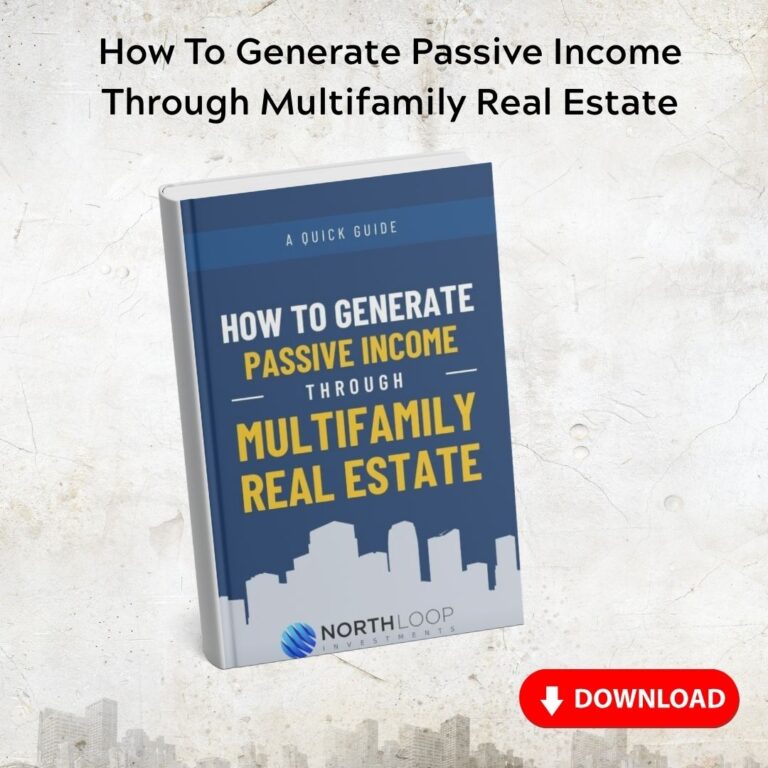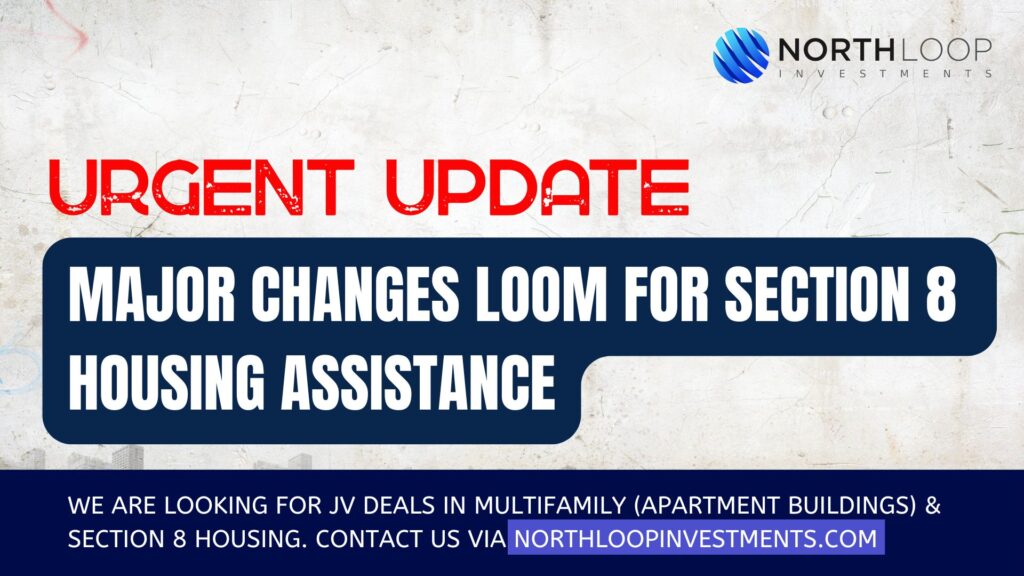In this article, we discuss the pros and cons of Section 8 for landlords. It’s a topic that’s often misunderstood, and I’m here to give you the lowdown on what it’s really like.
The Pros 🌟
1. Guaranteed Rents
One of the standout benefits is that Section 8 offers guaranteed rents for landlords. The federal government subsidizes a portion of the rent for Section 8 properties, making it easier for tenants to afford. They have a strong incentive to keep up with their share of the rent to retain this benefit.
2. Massive Demand
There’s an enormous demand for Section 8 rentals due to strict government regulations and a long waiting list for tenants to even get a voucher. This translates to low vacancy rates for landlords, ensuring a steady stream of tenants.
3. Longevity of Tenancy
Section 8 tenants tend to stay put for a long time. They’ve waited patiently to get into the program, and they don’t want to risk losing their voucher. This translates to reduced turnover and fewer maintenance expenses for landlords.
4. Higher Rental Income
Section 8 properties often command above-market rents. This is because the government encourages landlords to participate by offering higher rental rates, typically 20-30% above market value.
5. Community Service
By offering Section 8 rentals, landlords are helping provide safe and affordable housing for low-income individuals and families. It’s a way to make a positive impact on the community while running a profitable business.
The Cons 🤔
1. Annual Inspections
Section 8 properties undergo required annual inspections. While this helps ensure properties are well-maintained, it can also lead to unexpected repair expenses if issues are identified during inspections.
2. Government Regulations
Participating in Section 8 means adhering to strict government rules and regulations. Landlords must cap rents at the Fair Market Rent (FMR) determined by Section 8. Rent increases can take time to get approved, and there are limitations on security deposits.
3. Payment Delays
In some cases, Section 8 offices won’t pay rent until after the tenant has moved in, leading to a delay in the first payment. However, subsequent payments are typically consistent.
4. Market Rent Limitations
If the local market rent rises significantly, landlords may find themselves restricted by the FMR set by Section 8, potentially missing out on higher rental income.
5. Deposit Responsibility
Section 8 doesn’t cover security deposits, so landlords must work directly with tenants to obtain this, often limited to one month’s rent.
Remember, every investment comes with its own set of pros and cons. It’s essential to do your research, consult with other landlords, and weigh your options carefully. Section 8 can be a profitable venture, but it’s important to understand the nuances before diving in. Feel free to ask any questions in the comments below. And if you found this information helpful, don’t forget to like and subscribe! 📝👍 #RealEstate #LandlordTips #Section8 #PropertyInvestment








